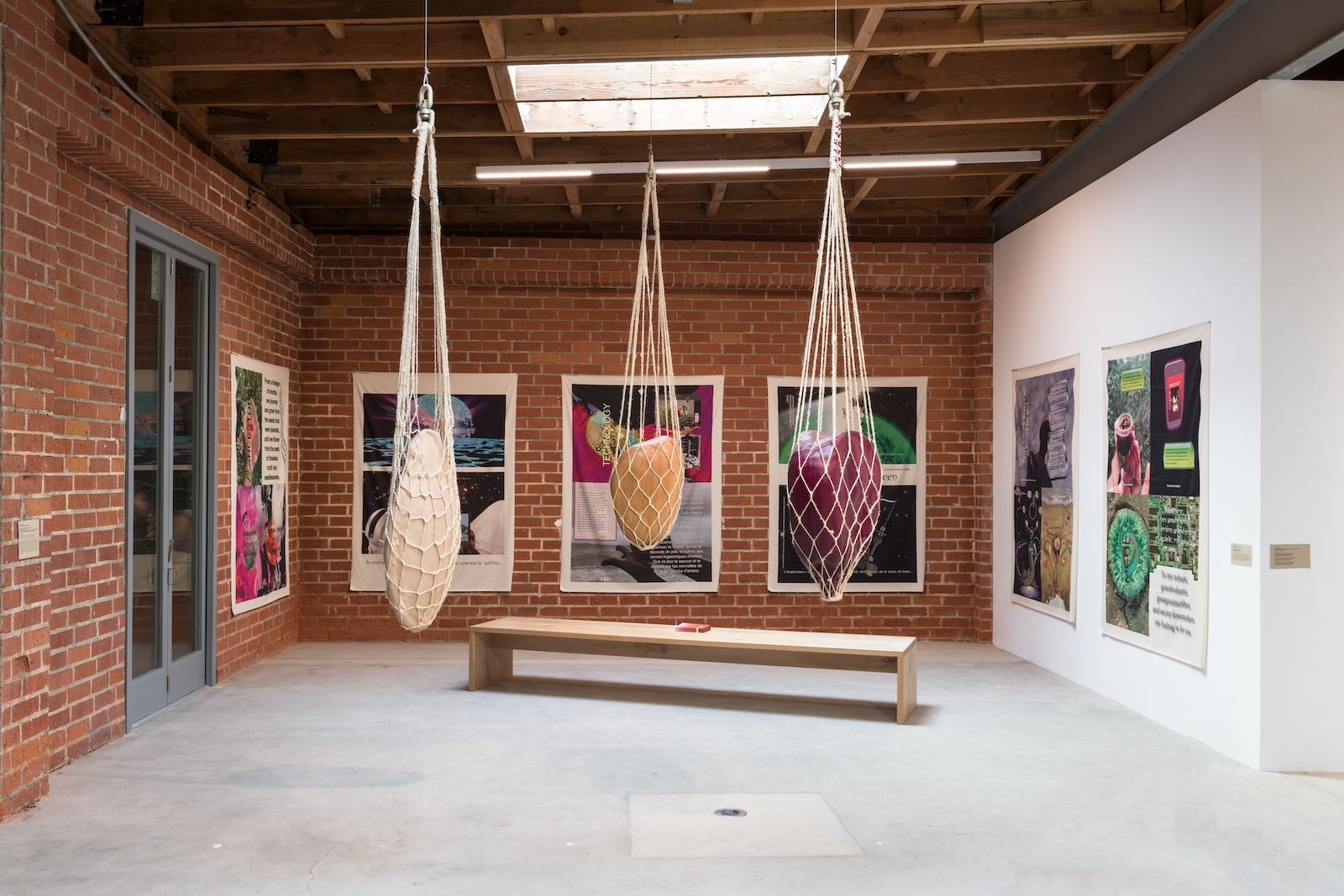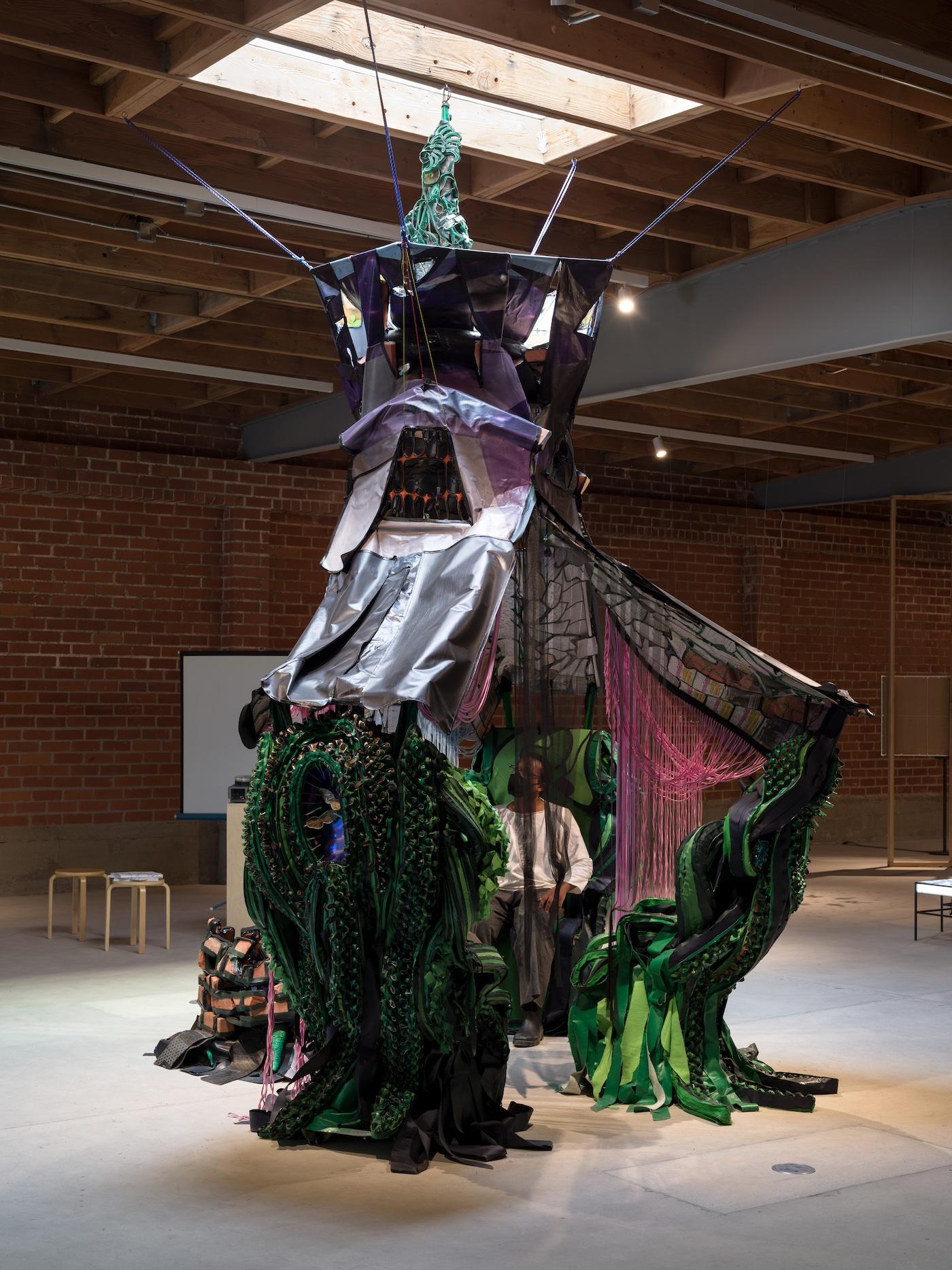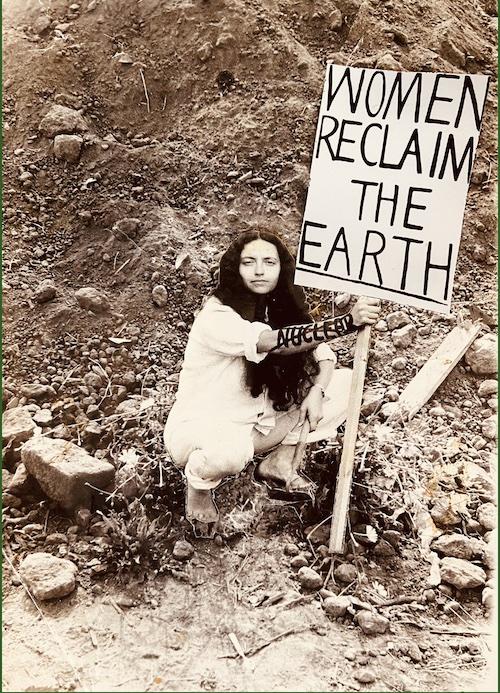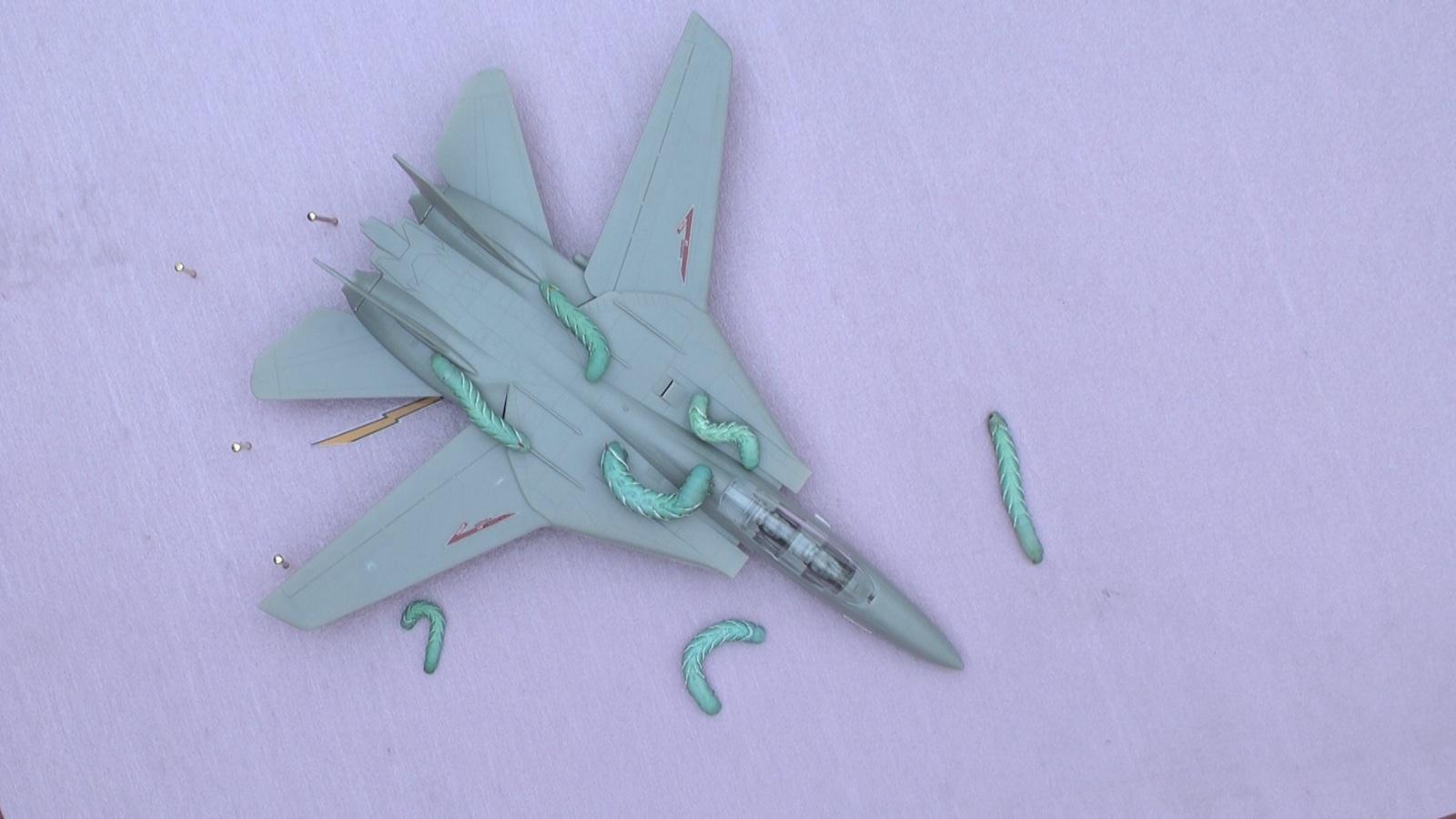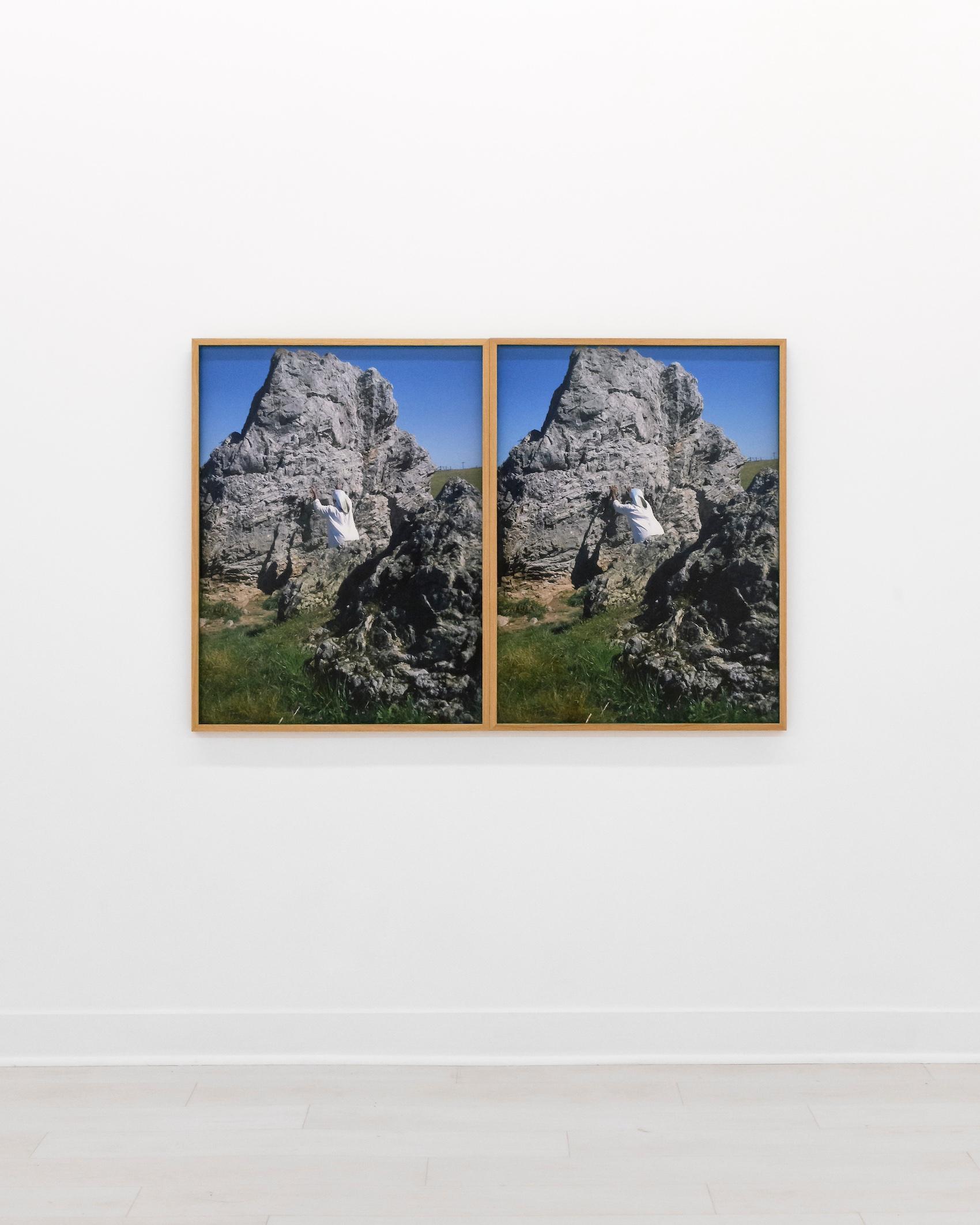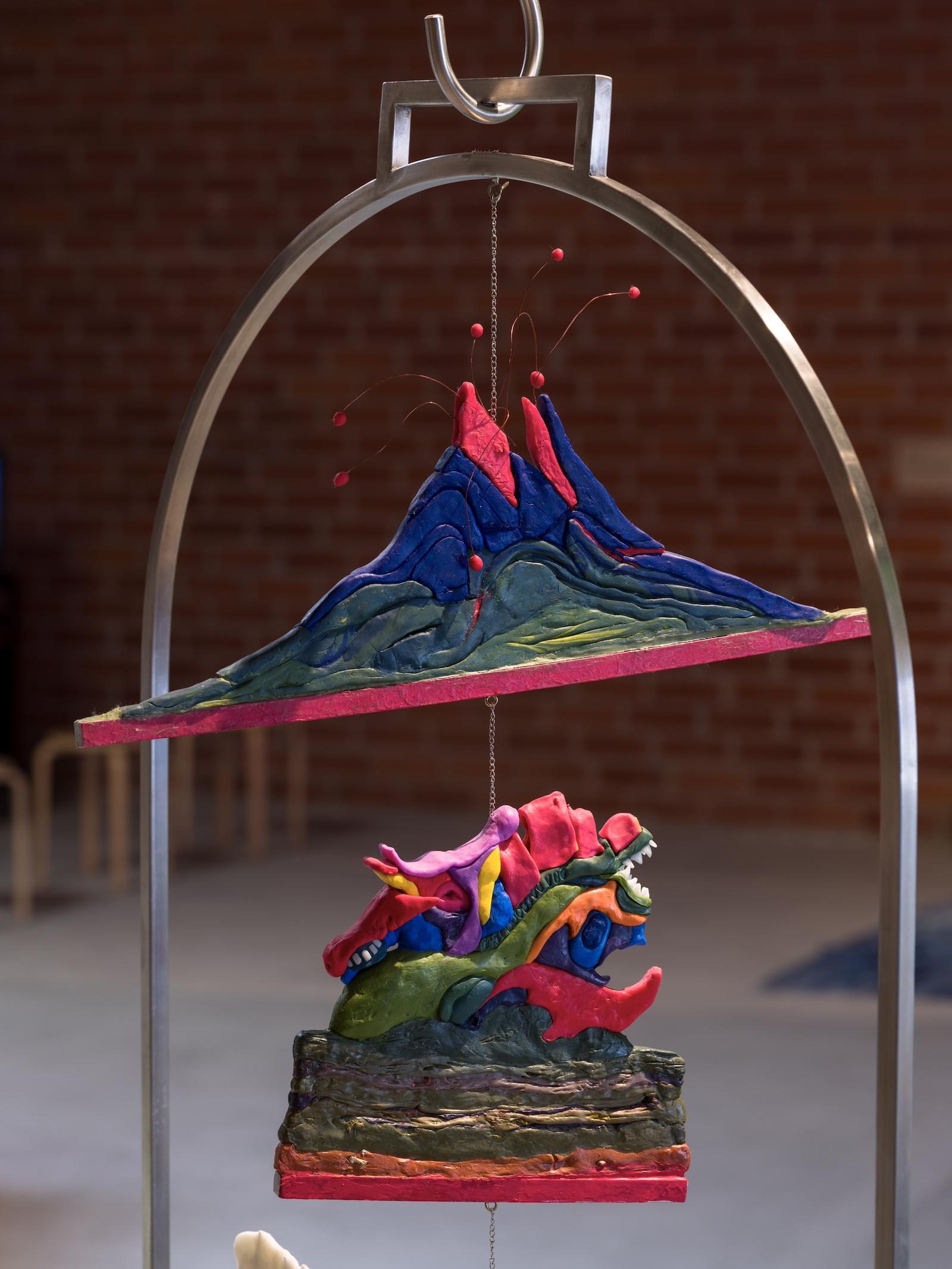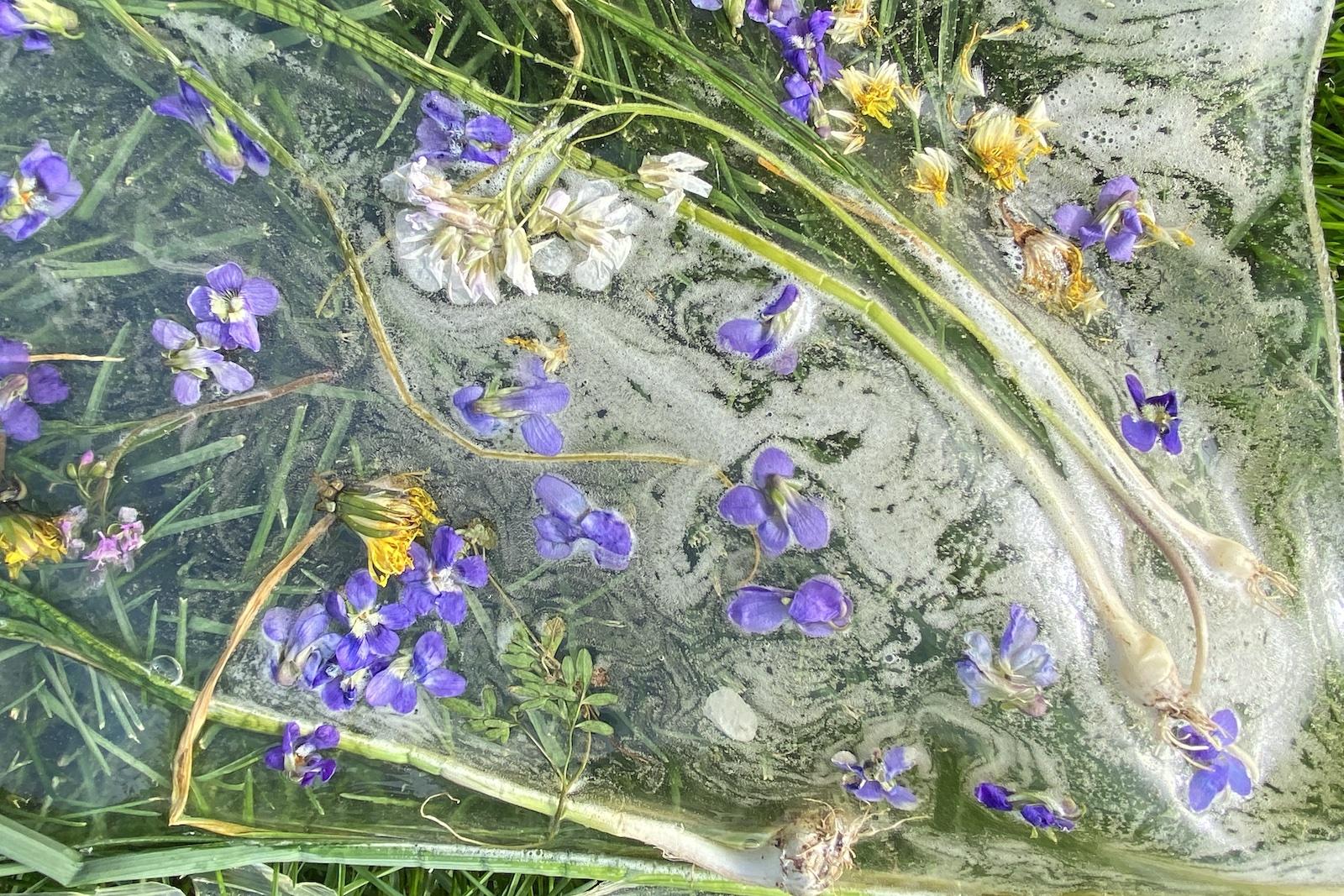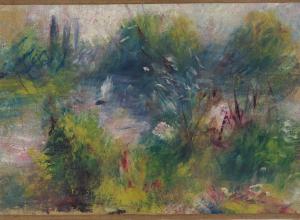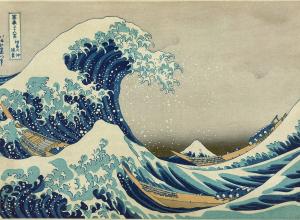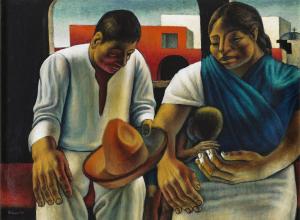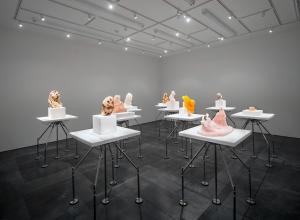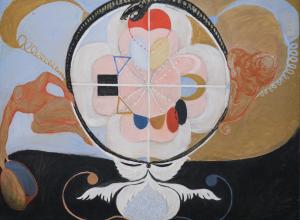Though somewhat small in scale, The Brick provides a generous show that still manages to hold its own when compared to larger PST spaces, especially when considering the breadth of Ecofeminism.
Deriving from Francois d'Eaubonne’s 1974 book, Le féminisme ou la mort, where she drew comparison between gender relations and humans’ interactions with nature, Taft ventures to explore the past traditions juxtaposed with contemporary work. Free and accessible to the public, one is able to see a great variety in Life on Earth, work that expands across a gradient.
One of the exhibition’s earliest pieces in the show is Aviva Rahmani’s Physical Education, a documented performance that follows Rahmani as she fills a plastic bag with tap water from her CALArts dormitory before driving it down to the ocean and “setting it free.”




